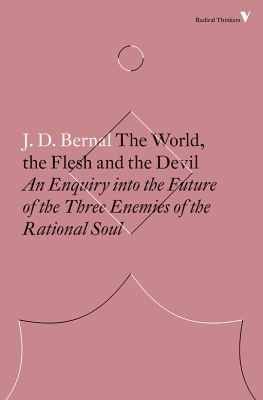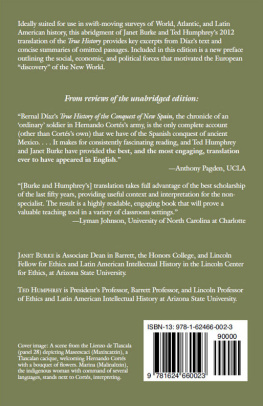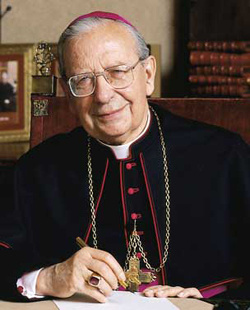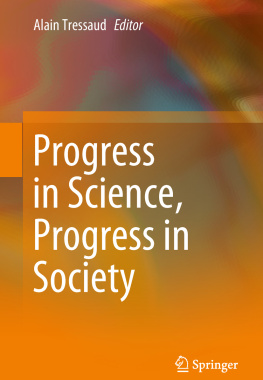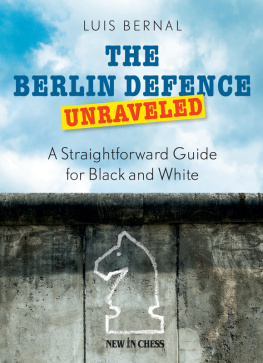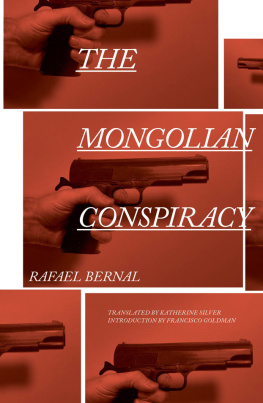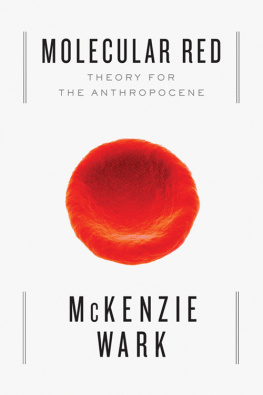J. D. BERNAL
INTRODUCTION:
BERNALISM
B esides having a first-rate career in science, John Desmond Bernal was once a very famous Marxist thinker. But in the postwar years he suffered the indignity of being forgotten twice over. First, the Cold War saw the eclipse of his brand of science studies. Second, the Anglophone New Left rejected him in favor of more philosophical master thinkers.
Perhaps its time to revisit Bernal and Bernalism. Given the rather alarming facts about the state of the world that are provisionally labeled the Anthropocene, it might be timely to think again about the relation between critical theories of the social, political or historical world and the world of the natural sciences. After all, there can be no knowledge of climate change or mass extinction without the natural sciences. The problem of thinking the relation between the natural and the social is with us once againand in an even more complex and troubling form than in the past.
As far as the natural and the social are concerned, The World, the Flesh and the Devil is a text that might appear to be more symptomatic of the problem of thinking these categories as any path to a solution. In contemporary parlance, it is an accelerationist text. Given that it was published in 1929, it is a pioneering example of the language and feeling of acceleration. Bernals attention is solely focused on thinking what might be possible when the sciences train their full capacities on the key barriers to utilizing all resources for expanding human potential up to and even past the point where the human becomes something else.
Before looking more closely at this fascinating little text, a word on its author. Bernal was Irish. His family were unusual among Tipperary landowners, as they were Catholic, and Bernal was quite devout for a time in his youth. One early hint of what was to come was his precocious identification with the cause of Sinn Fin, whose radical political ambitions were certainly not shared by his conservative family. Another was his keen interest in the mechanical side of modern farming.
Looking back on his undergraduate career at Cambridge (191922), he described his own intellectual formation as an undigested mass of Einstein and Freud, with a top dressing of Wilde and Shaw.
He was at the Royal Institution beginning in 1923, where he did pioneering work in X-ray crystallography. This was a method for discovering the structure of crystals by passing X-rays through them and studying the patterns of diffraction produced on a photographic plate. From the two-dimensional pattern of dots on the plate, the crystallographer would then attempt to work out the three-dimensional form of the crystal.
Science was only one of the intense and exciting worlds in which the young Bernal immersed himself. A small allowance from the farm back in Ireland no doubt helped. He was something of a transitional figure between that of the scientist as a gentleman of private means and that of the organized research work of Big Science, a kind of subjectivity still in the process of being invented. Bernal broached the question of what it meant to be a citizen of science and a citizen as a scientist. All this while living a bohemian life in Soho and Bloomsbury, experimenting with polyamory, and activism in both the Communist Party and the Labour Party.
In this milieu, he met J. B. S. Haldane, who, alongside Bernal would later become a prominent exponent of the connection between Marxism, the labor movement and science. Bernals The World, the Flesh and the Devil takes up the style and themes of Haldanes popular writings. Both figure greatly expanded on the fruitful connection H. G. Wells had made between science, the social and imaginative writing, by bringing together a deeper knowledge of modern science and an increasingly radical social theory.
The twenties were a productive and creative time for Bernal. In his scientific work, he extended the methods of crystallography to more and more complex molecular forms. By 1927 Bernal was back at the famous Dunn Laboratory at Cambridge, where Bernal was an integral part of a clear research program had emerged. It was to work out not just the chemical composition of organic molecules, but their architectural shape.
This was the context in which Bernal wrote The World, the Flesh and the Devil. It is a text that distills all the ambitions of an age, whether scientific, political, cultural or even religious. For Bernal, utopian thought ought to replace religion as a way of feeling out the relation of present to future. In place of heaven or apocalypse, he offered a kind of writing that finds the conditions of the possible in language itself.
Bernals thinking in this era is, among other things, the aesthetics of Oscar Wilde expanded to a scale that imagines making over the cosmos itself as a work of art. Bernal wrote,
Art expressing itself on one side in a kind of generalized architecture, massive or molecular, gives form to the infinite possibilities of the application of science; on the other a generalized poetry expresses the ever-widening complexities of the understanding of the universe, while religion clarified by psychology remains as the expression of the desire that drives man through the universe in understanding and hope.
It was nothing if not a grand vision.
As a practice of writing, the utopian mode has to narrate a future that is neither a compensation for a lack in the present, nor the fullness of a banal present proceeding on forever. Utopian thought can make use of history, of a knowledge of our desires; but also of the natural sciences, which can change the space of possible futures. Bernal was searching for a kind of praxis, a way of thinking and working, in which the desire for scientific discovery rewrites the space of possibility for collective labor so that it might enlarge the space of existence itself.
Bernal:
The progress of the future depends no longer on physiological evolution but on the reaction of intelligence on a material universe. It will be hindered or stopped either by a failure in the capacity for maintaining creative intellectual thinking, or by the lack of desire to apply such thinking to the progress of humanity.

